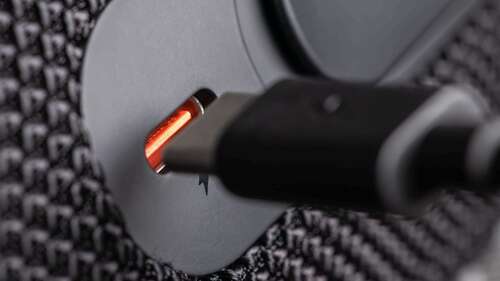
A USB-C connector, which stands for Universal Serial Bus Type-C, isn’t actually the physical twin of a Thunderbolt connector, but the two are compatable. Both USB-C and Thunderbolt cords operate bidirectionally, meaning that a single cord could send the data from your computer to your monitor while sending back power to your computer from your monitor.
The main difference between the two is the data transfer speeds that you are able to get from them. With a USB-C connection, you are looking at a transfer rate of up to 20 GB of data per second, while a Thunderbolt connection doubles that to 40 GB per second. Not only that, but a Thunderbolt connection can also support a refresh rate of up to 240 Hz, making it an ideal fit for gamers.
Thunderbolt connections also make having a daisy chain with a second monitor much easier by simply adding one more cord connecting the two monitors. Because of the increased data rate, this configuration allows 4K material to be displayed with a 60 Hz refresh rate for each. A 20 GB USB-C transfer rate simply won’t be enough to handle that kind of data.
Because USB-C and Thunderbolt look identical, you need to make sure that your computer actually has Thunderbolt ports and not just USB-C ones, which are designated with the Thunderbolt icon next to the port. Plugging a Thunderbolt connector into a USB-C port is only going to get you USB-C transfer speeds, so it’s something to keep in mind.

